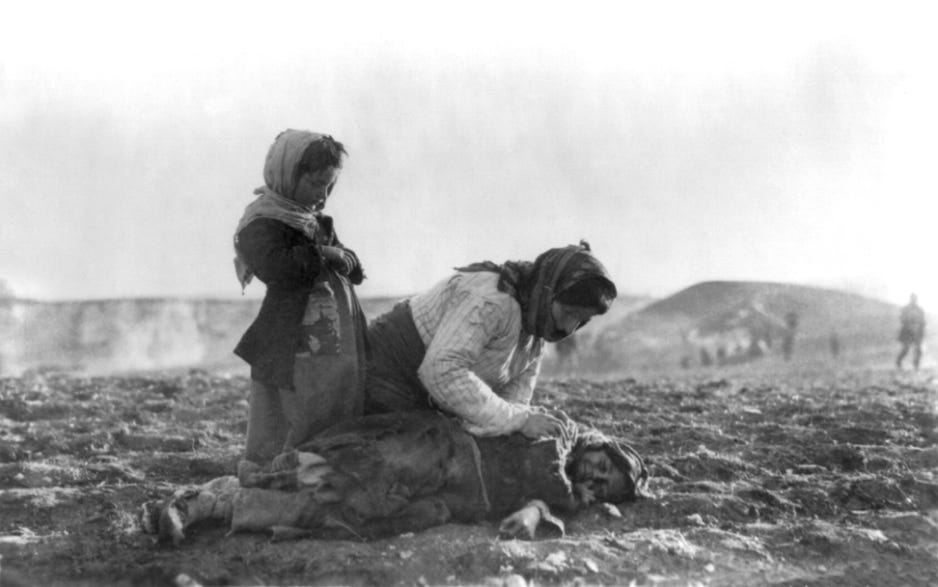The Politics of Recognizing the Armenian Genocide
Contemporary efforts to both recognize and deny the Armenian genocide take place against the backdrop of a messy but little appreciated history that deserves more recognition.

by Eman Elshaikh
In a suburb of Berlin, on the first day of spring in 1921, the last grand vizier of the former Ottoman Empire was shot dead. As Talaat Pasha, who had also served as the Ottoman's interior minister, came out of his house, Soghomon Tehlirian, an assassin from the Armenian Revolutionary Federation, killed him with a single bullet.
Talaat Pasha had been living in exile in Germany since 1918 and had unofficially received asylum from the German Reich. The Ottoman leader had been a member of the Three Pashas triumvirate, a three member group of prominent ministers in the Young Turks' movement who exercised nearly exclusive power over the Ottoman Empire from 1913 to 1918.


